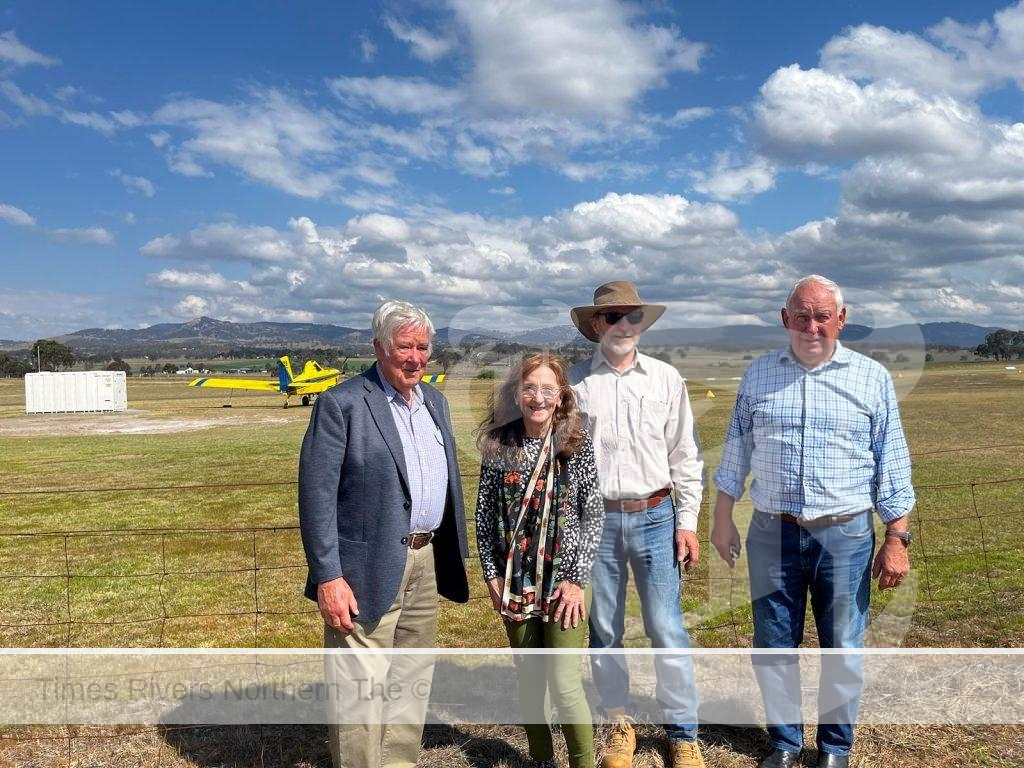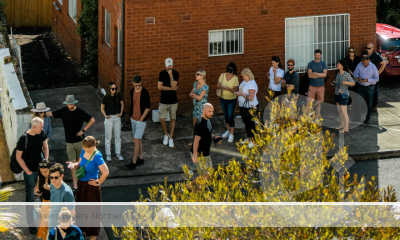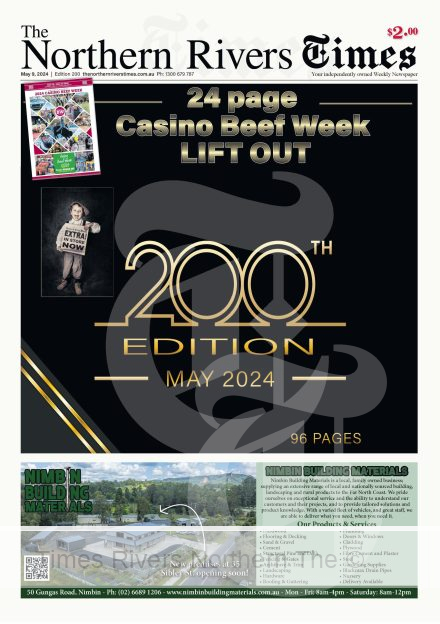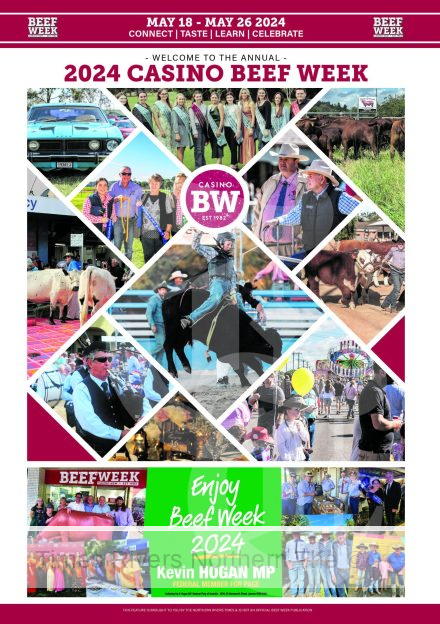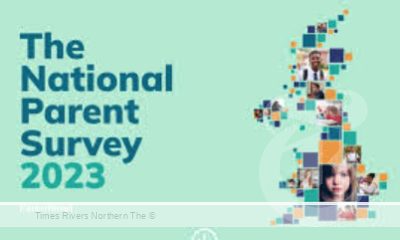Analysts Forecast Delay in RBA Rate Cuts as Inflation Exceeds Expectations
Australians may not see interest rate cuts until at least 2025 as new data reveals inflation rates not cooling as quickly as anticipated. The Australian Bureau of Statistics (ABS) reported on Wednesday that the Consumer Price Index (CPI) increased by 1% during the March quarter, surpassing the expectations of economists and the previous quarter’s rise of 0.6%.
While the annual inflation rate has decreased to 3.6% from 4.1% in December 2023, remaining within the Reserve Bank of Australia’s (RBA) target range of 2% to 3%, experts warn that the path to lowering inflation remains challenging. Factors such as a robust job market, impending personal income tax cuts, and persistent high prices for services and essential goods could push back the timing of the RBA’s anticipated rate reductions.
The trimmed mean, the RBA’s preferred inflation measure that excludes volatile price shifts, has only marginally decreased to 4% from 4.2% in the previous quarter, signalling less cooling than hoped. This development comes ahead of the RBA’s upcoming interest rate decision next month, where the focus will shift to its revised economic forecasts and potential adjustments in its inflation target timeline.
Advertisements

Cameron Kusher, Director of Economic Research at PropTrack, commented that the unexpected strength in the quarterly inflation figure is likely to delay the first rate cut to early 2025. Financial markets have adjusted expectations, accordingly, no longer anticipating a rate cut this year, influenced by last week’s robust domestic job data and persistent high inflation in the US.
Persistent Housing Pressures
The housing sector continues to be a significant driver of inflation, with health, education, and food costs also contributing to price increases during the quarter. Michelle Marquardt, ABS Head of Prices Statistics, highlighted that rental inflation is climbing at its fastest pace in 15 years due to low vacancy rates across major cities.
Further compounding the issue, new data from PropTrack shows that rents have increased by 9.1% over the past year, outpacing property price growth. According to Kusher, despite signs that rental growth may slow, a significant reduction or stabilization is unlikely in the near future. The combination of a decade-low in housing construction and fluctuating investor activity suggests that rental costs will continue to escalate above inflation rates.
Economic and Housing Analyst Views
Despite the overall downward trend in annual inflation, some economists caution that it is still premature for the RBA to consider rate reductions. The persistently high inflation result has led analysts at Westpac to postpone their rate cut forecast to November 2024, rather than September.
Luci Ellis, Westpac Chief Economist and former RBA assistant governor, expressed concern over the trimmed mean measure remaining at 4%. “Although headline inflation has edged closer to the RBA’s target range, the underlying inflation pressures suggest a more prolonged period of elevated rates,” Ellis noted.
Similarly, Tim Reardon, Chief Economist at the Housing Industry Association, described the 1% quarterly CPI increase as worrisome, indicating that high inflation may become more entrenched in the economy, driven by ongoing housing supply shortages.
HSBC Chief Economist Paul Bloxham remarked that while the peak in cash rates might have been reached, there remains a risk that the next adjustment could be an increase rather than a decrease. “The journey to sustainably achieve the mid-point of the RBA’s target band appears longer than anticipated,” Bloxham added.
This complex economic backdrop underscores the challenges facing the RBA as it navigates the delicate balance of fostering economic growth while managing inflationary pressures.
For more real estate news, click here.
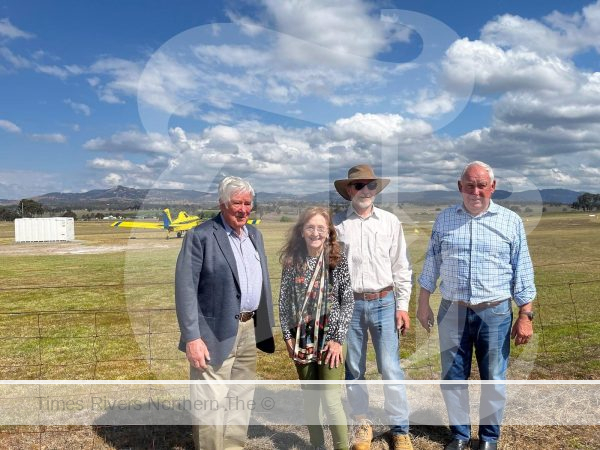
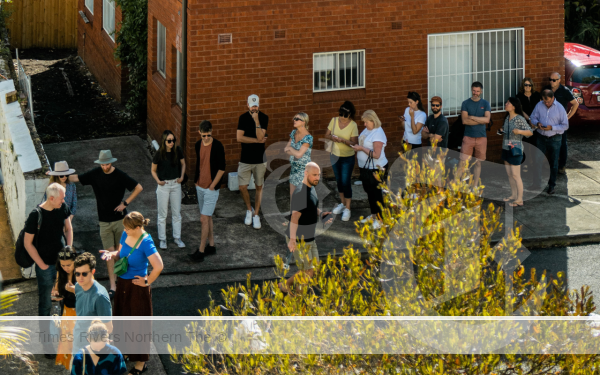



 Tweed Shire News2 years ago
Tweed Shire News2 years ago
 Motoring News1 year ago
Motoring News1 year ago
 COVID-19 Northern Rivers News3 years ago
COVID-19 Northern Rivers News3 years ago
 COVID-19 Northern Rivers News3 years ago
COVID-19 Northern Rivers News3 years ago
 Northern Rivers Local News3 years ago
Northern Rivers Local News3 years ago
 Health News3 years ago
Health News3 years ago
 COVID-19 Northern Rivers News3 years ago
COVID-19 Northern Rivers News3 years ago
 NSW Breaking News3 years ago
NSW Breaking News3 years ago








